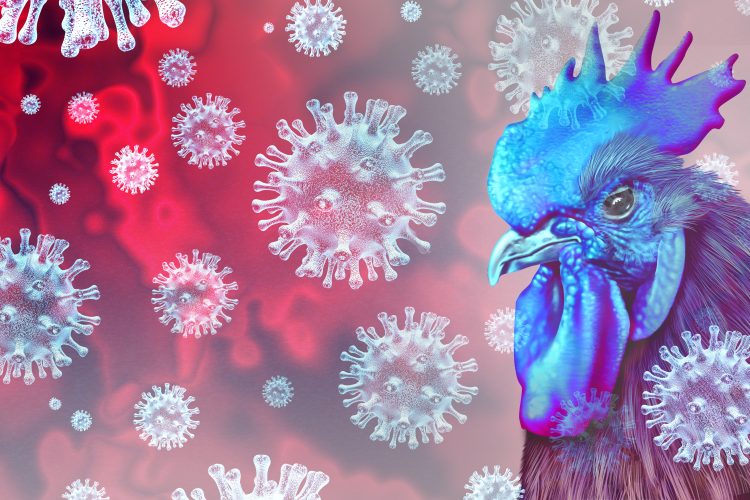Bird flu is changing – AI might help us keep up
Posted: 1 July 2025 | Drug Target Review | No comments yet
Researchers at the University of North Carolina at Charlotte have used artificial intelligence to look at how the H5N1 bird flu virus is evolving to evade the immune system – insights that could make way for development of effective future therapies.


The H5N1 avian influenza virus continues to spread across birds and mammals globally, and its growing threat to human health is becoming a worrying prospect. As of June 2025, 70 people have been infected with H5N1, with one confirmed death in the United States. Now, a new study from researchers at the University of North Carolina at Charlotte (UNCC) highlights troubling evidence that the virus is evolving in ways that could make it more dangerous to humans.
A mutating virus with pandemic potential
Using artificial intelligence to analyse the virus, the research team found that recent H5N1 strains are becoming better at evading immune defences.
“The virus has certainly mutated away from what we saw a decade ago,” said Dr Colby T. Ford, computational biologist at UNCC and lead author of the study. “They don’t even look the same.”
The virus has certainly mutated away from what we saw a decade ago
Ford warned that “this has the potential to be bad,” given that these changes could seriously undermine the effectiveness of existing vaccines and treatments. According to the team, vaccines developed 10 years ago may no longer provide enough protection against today’s circulating strains of the virus.
AI and antibody testing uncover viral changes
The research was presented by Ford and Shirish Yasa, B.S. at ASM Microbe 2025, the annual meeting of the American Society for Microbiology in Los Angeles.
The team collected data on more than 1,800 H5N1 proteins and used AlphaFold 3, a cutting-edge AI protein folding tool, to predict the structures of these viral components. They then employed physics-based modelling to simulate how 11 different antibodies – sourced from both humans and mice – would bind to the viral proteins.
“Antibody performance is waning as we get to the newer isolates that we’re seeing,” Ford said. As the virus has developed, its ability to bind with protective antibodies has decreased, weakening the human immune system’s natural defences.
Tracking transmission paths with big data
Beyond analysing antibodies, the researchers are also using large-scale datasets to map how different viral clades spread. “We can see that there are distinct clades with very different paths in terms of transmission between hosts,” Ford explained.
One of the team’s findings traced the recent H5N1 death in Louisiana to a viral clade capable of jumping directly from birds to humans – meaning it completely bypassed intermediate animal hosts altogether. This direct transmission marks a worrying development in the virus’s evolution.
Hope in high-tech solutions
Despite the results, the researchers believe that AI-driven approaches offer a new way forward. Their preprint outlines a method for using molecular data from new H5N1 strains to design targeted treatments that could better neutralise the evolving virus.
“Can we start to generate novel therapeutics based off those strains? The answer is yes, and we can do it quickly with the AI pipeline we’ve built,” Ford said.
As H5N1 continues to adapt, the integration of AI and molecular biology will prove vital to keeping pace with the virus.
Related topics
Antibodies, Artificial Intelligence, Big Data, Computational techniques, Molecular Biology, Molecular Modelling, Sequencing, Translational Science, Vaccine development, Virology
Related conditions
avian influenza virus, bird flu
Related organisations
University of North Carolina at Charlotte (UNCC)
Related people
Dr Colby T. Ford (Computational Biologist at UNCC)








